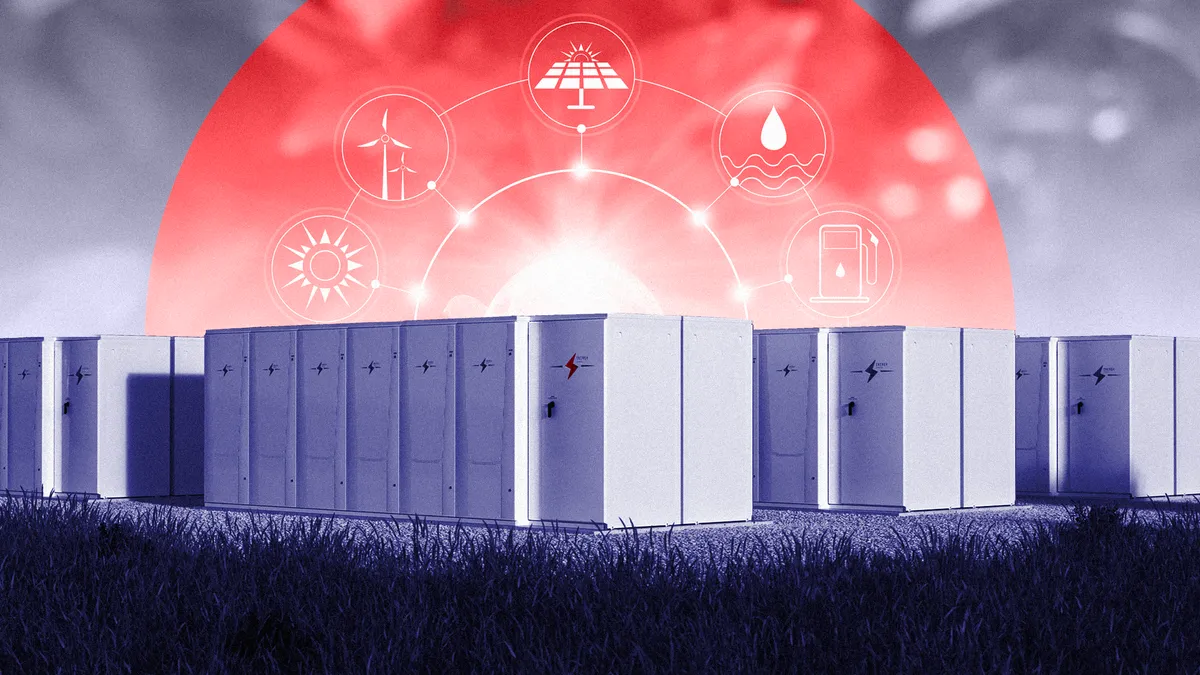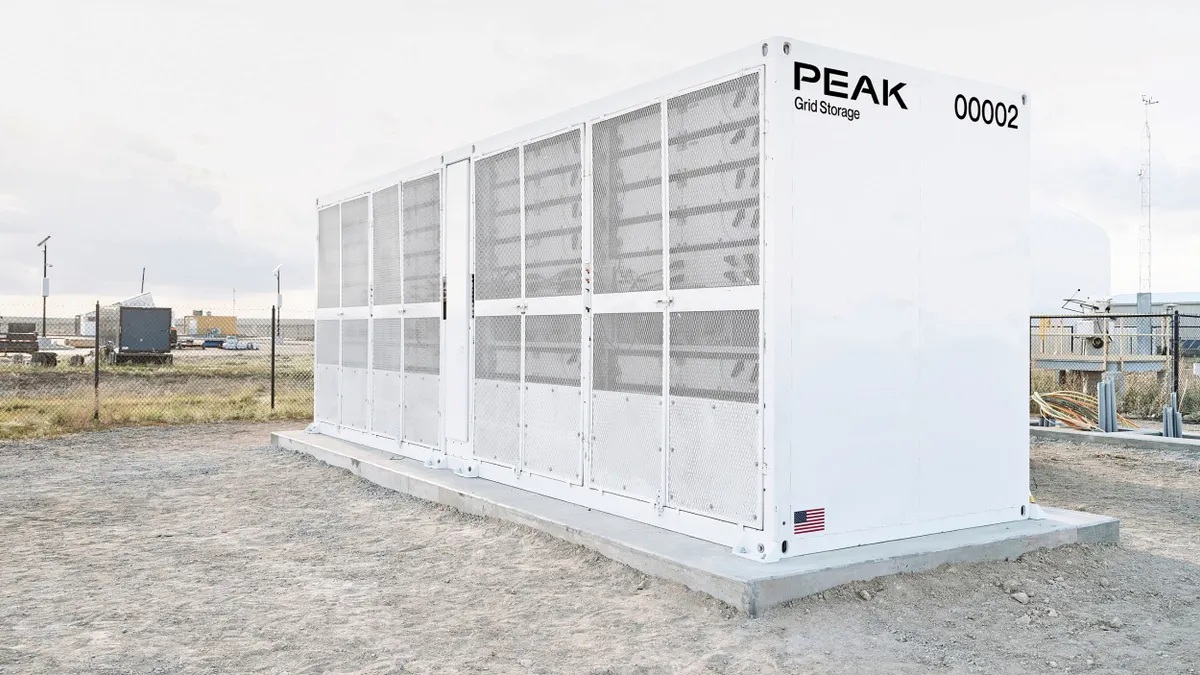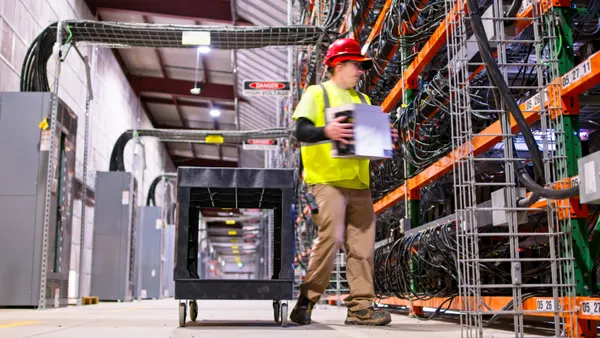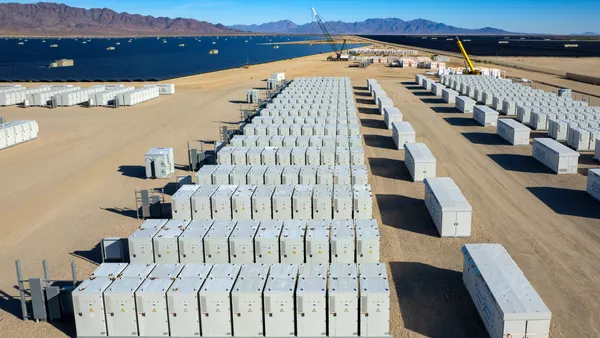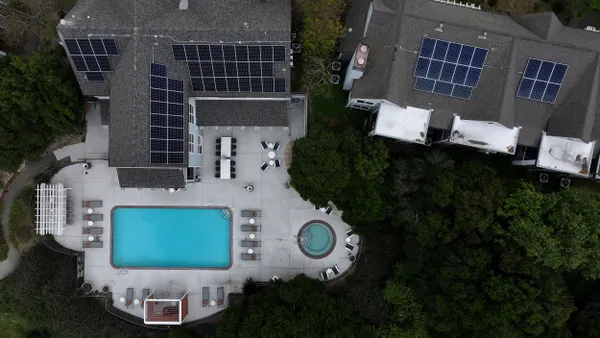Dive Brief:
-
Earlier this month, National Grid submitted a petition with the New York Public Service Commission for its 2 MW/3.8 MWh Pulaski, New York, battery storage system to dispatch power and participate in the wholesale market.
-
The company said in its petition that approval of both activities would allow it to learn how future, larger storage systems will operate in the wholesale market and dispatch processes. It would like to have dispatch services up and running for the Pulaski center by the end of 2022.
-
This National Grid request has the attention of private companies eager to be the ones to provide battery storage for the state. Furthermore, while batteries can behave like power generators, particularly when they participate in wholesale market activities, there are few circumstances under which a utility company can also generate power in New York.
Dive Insight:
In 2019, New York passed the Climate Leadership and Community Protection Act. The legislation includes goals like 100% zero-emission electricity by 2040 and 70% of energy coming from renewables by 2030. To store that clean power, the state needs batteries, so the law also sets a goal of having 3,000 MW of energy storage by 2030.
Companies like National Grid are trying to learn how to navigate the New York Independent System Operator's rules surrounding energy storage as the state ramps up to meet those goals.
The same year as the statewide climate legislation, National Grid announced the upstate battery facility — their first in New York. The batteries are intended to support 2 MW of customer demand, or "the equivalent of powering approximately 1,600 homes for up to two hours," according to a company press release. Since installation, the facility has only served to offer load reduction services in the summer, and otherwise sits idle.
Despite their first energy storage facility only operating a quarter of the year, National Grid has continued building out similar projects. In Troy, New York, a battery system with the same power rating and energy capacity — 2 MW/3.8 MWh — went online in February 2020. National Grid also has plans for two larger battery systems in the state. One would have a 20 MW/40 MWh power rating and energy capacity, while the other would handle 10 MW/20 MWh.
For now, National Grid considers the two much larger battery systems "possible projects," National Grid spokesperson John Lamontagne said in an email to Utility Dive. But the company petition for the Pulaski station's wholesale market and dispatch capabilities notes that these "bulk energy storage systems" have "requested year-end 2022 in-service dates."
The uncertain future of these large facilities is also part of why National Grid wants to be able to include its smaller Pulaski project in dispatch and wholesale market activities, according to the January petition.
Ultimately, the company wants its larger battery projects to support grid reliability and participate in NYISO's wholesale markets. "However, complying with the recent NYISO dual participation market rules is a complex process that requires careful navigation," the petition says. If approved, the small battery system in Pulaski can serve as a small stakes educational tool for National Grid as it figures out how larger facilities might have to operate within the same rules.
At the same time, approval of National Grid's petition would mean "NYISO could use the battery as part of its ESRs (Energy Storage Resources) portfolio to help meet wholesale market balancing to complement intermittent renewable energy resources, while also reducing the costs for customers," Lamontagne said, "as any market revenues derived from participation in the wholesale markets would be fully credited to our customers."
For companies owning and operating batteries, there's a lot left to learn about how the technology will integrate into NYISO, said Anne Reynolds, executive director of the Alliance for Clean Energy New York, a coalition focused on boosting reliance on renewables in the state. "It's a learning opportunity, that's a positive thing," Reynolds said. "But we do have member companies with storage projects that are looking to be the ones to make these investments in New York."
The state prohibits utility companies from also owning power production equipment, but utility companies have expressed interest for several years in owning renewable generators, she said. Batteries straddle the power provision and generation world, as the equipment resembles the former as a key piece of grid infrastructure that brings power to homes and businesses, but functions like the latter when selling wholesale into the grid.
In some cases, utilities are permitted to generate power if the company demonstrates that there is inadequate supply and needs to intervene — situations that could very well happen in the future, Reynolds said. Otherwise, "we'd like the private sector to compete for these opportunities."


